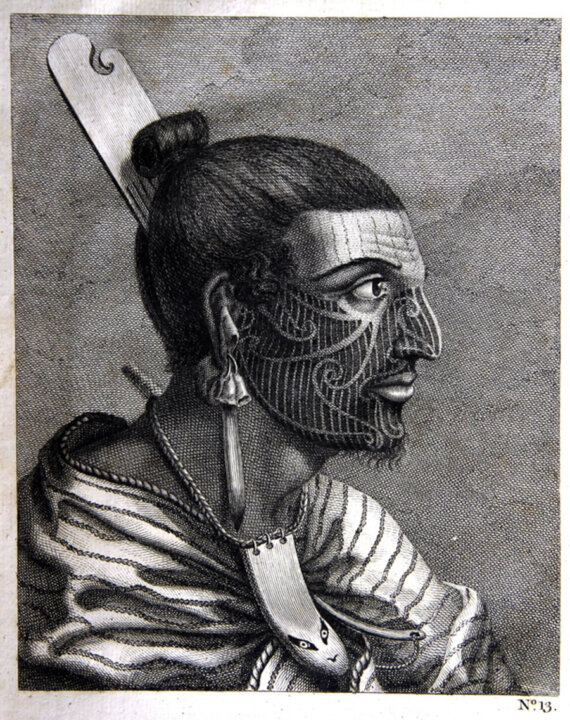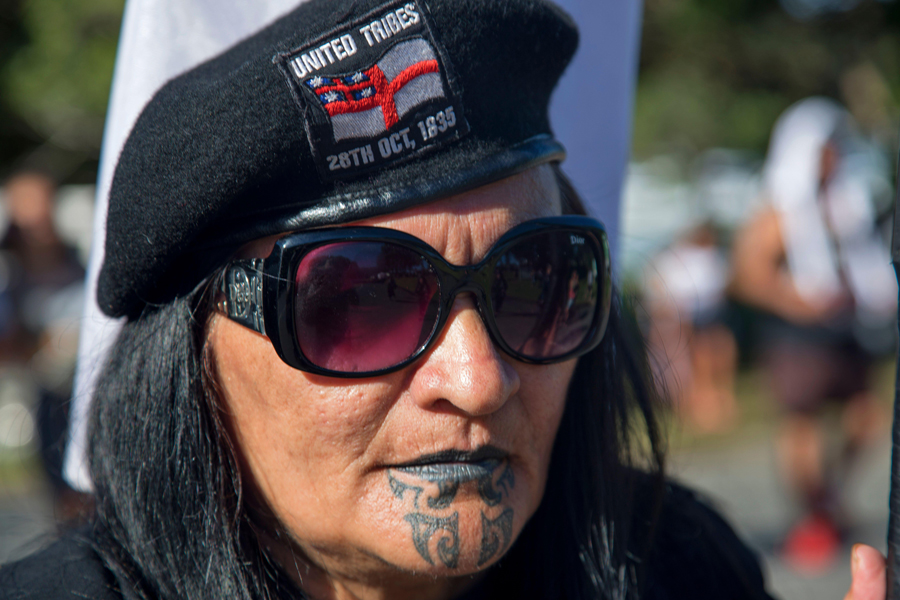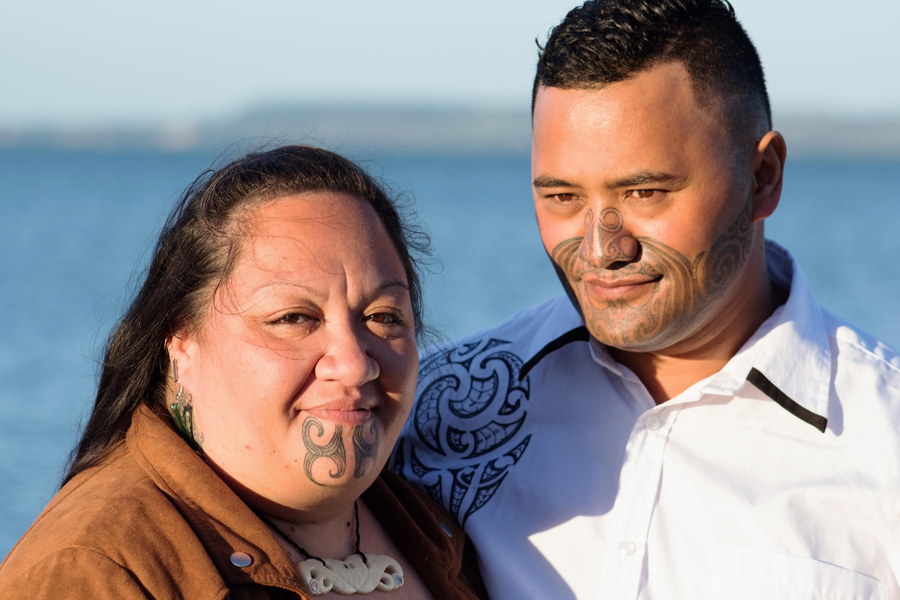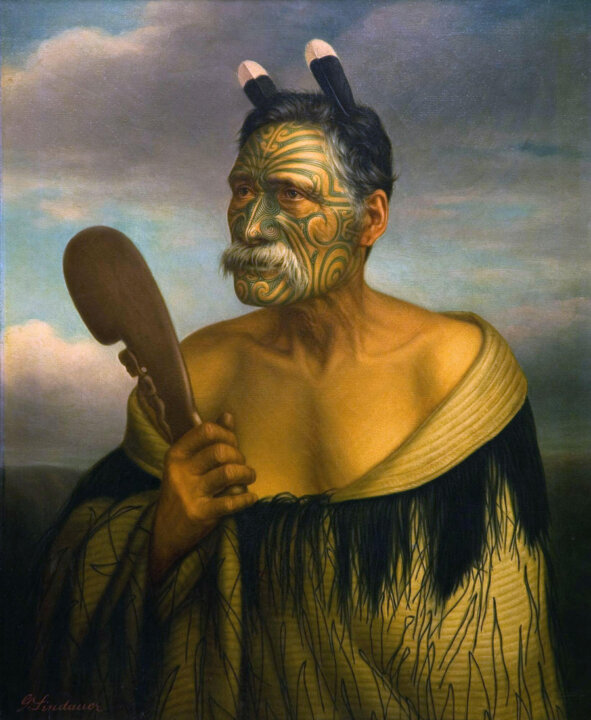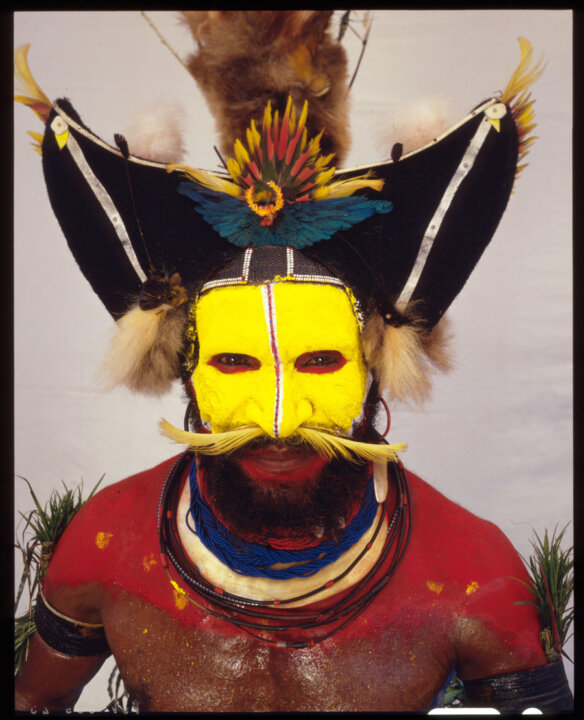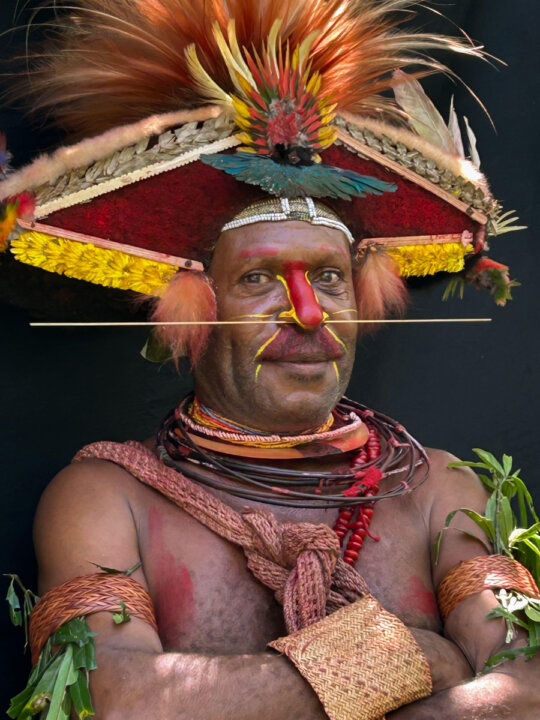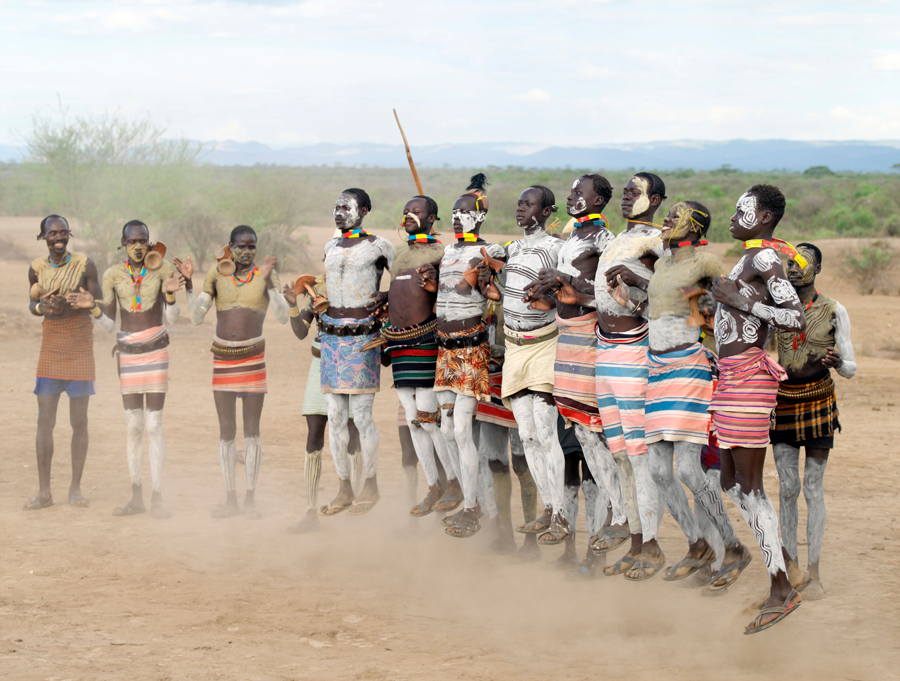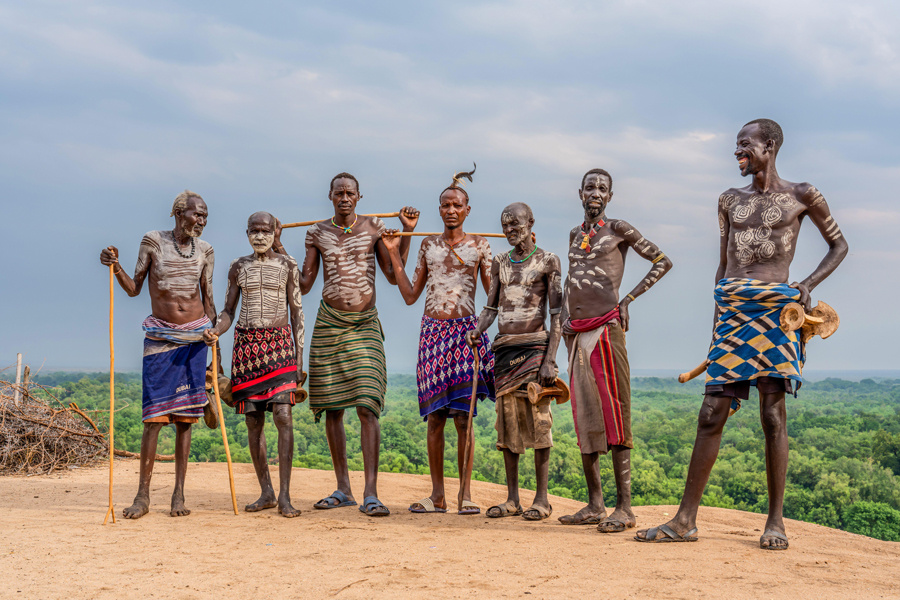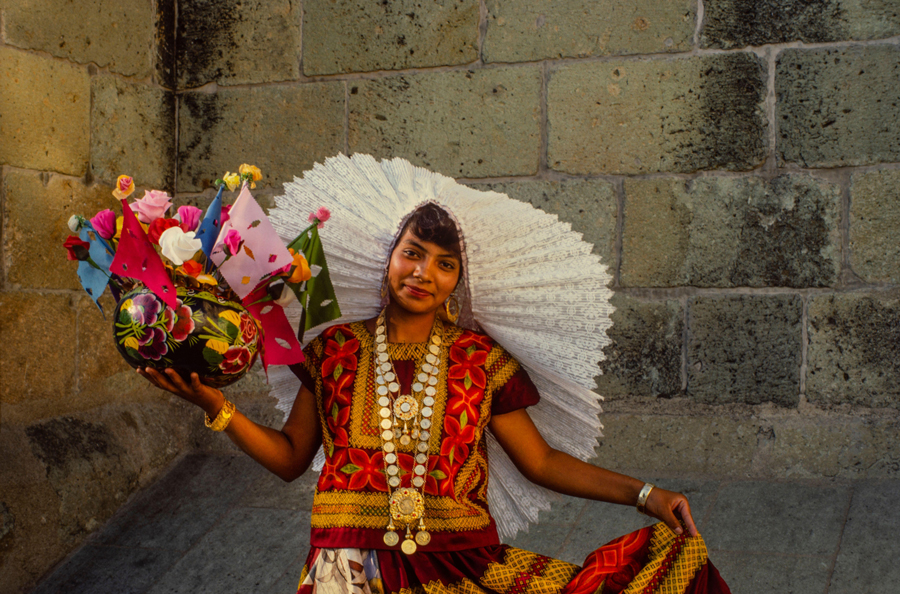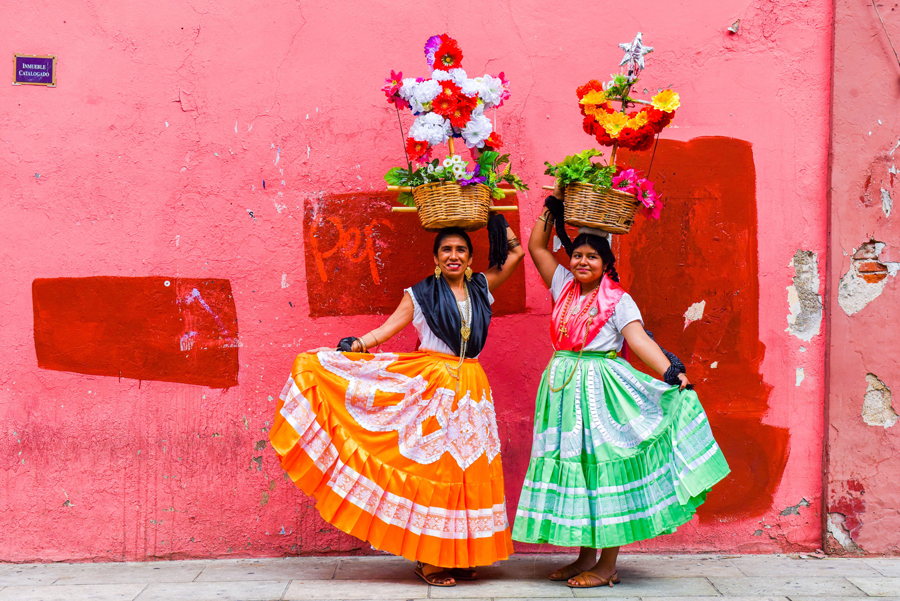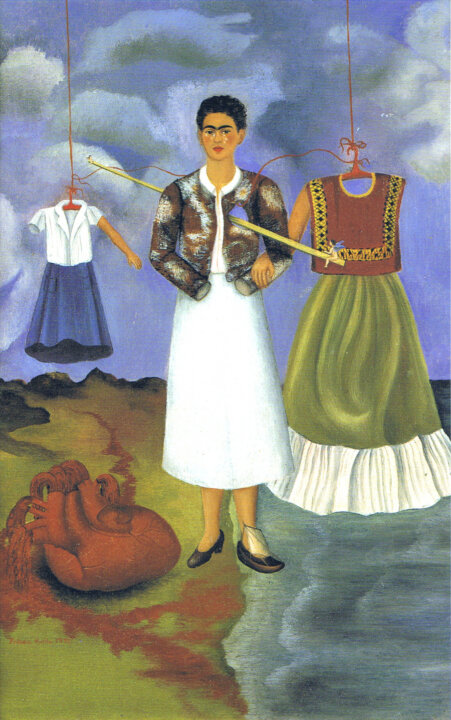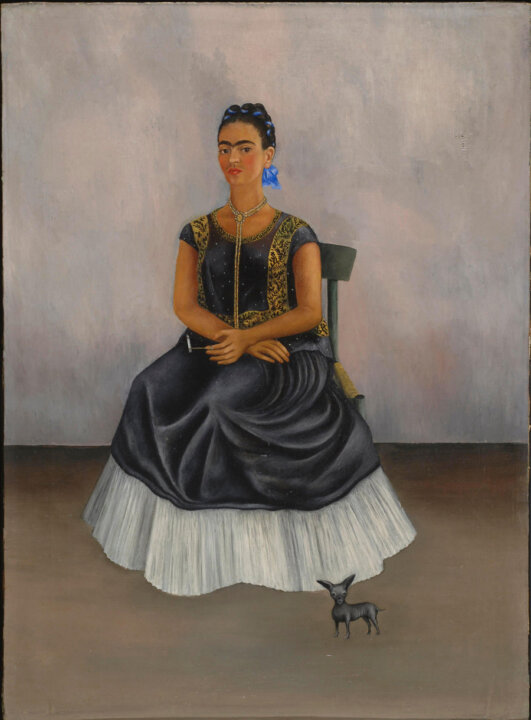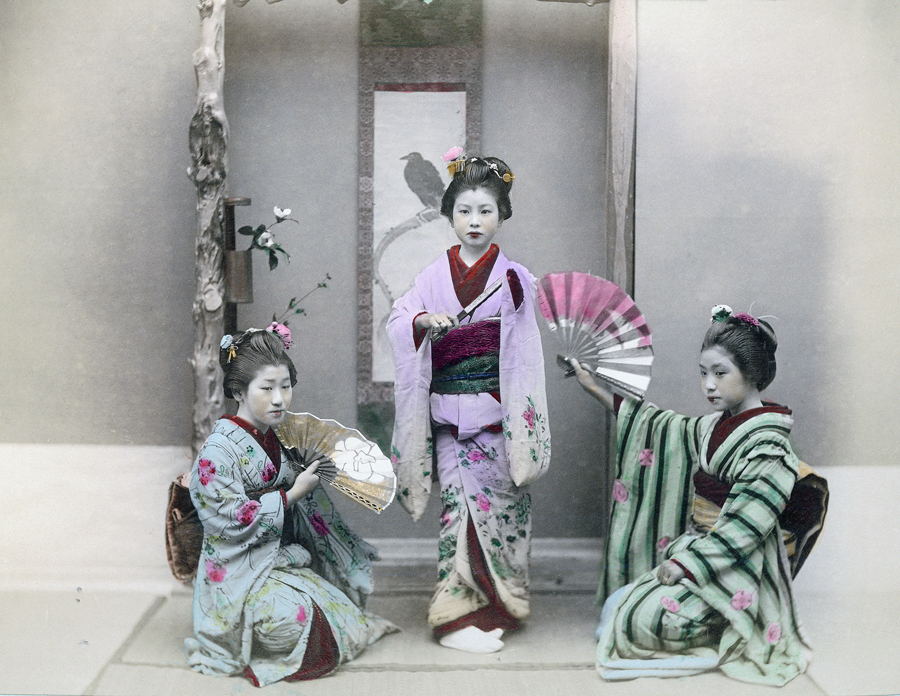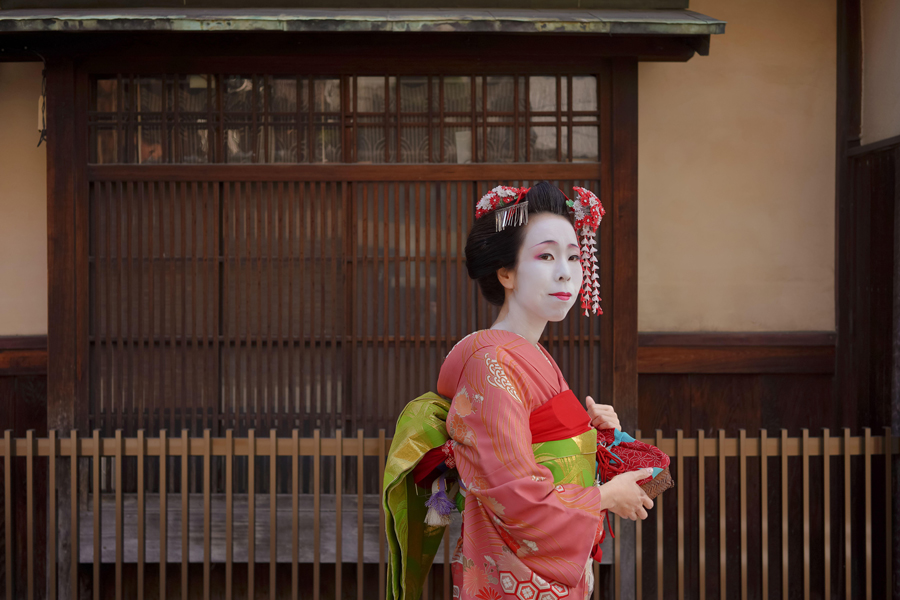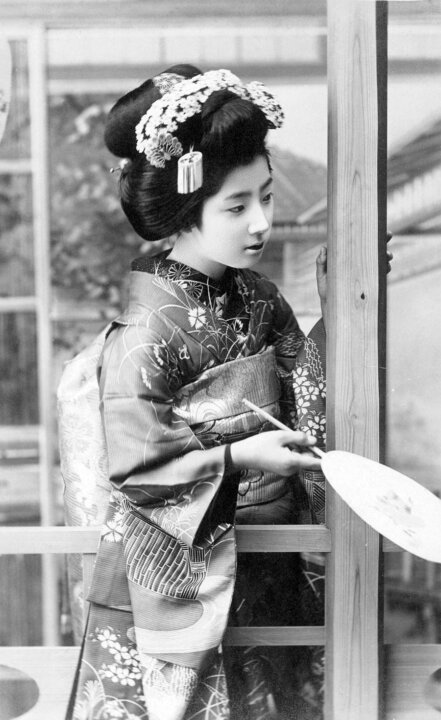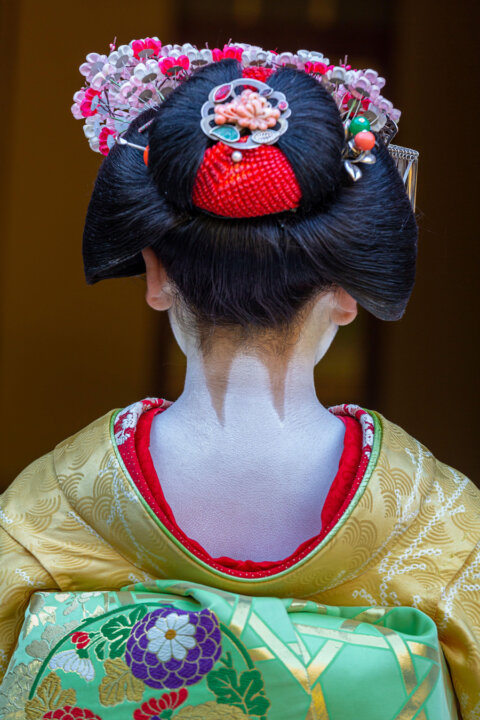For thousands of years, humans from all corners of the world have been altering and modifying their bodies as a form of identity and to conform to their ancient traditions. Depending on the culture, location, and beliefs, self-identification through body modification can be expressed in a variety of ways, including body art, jewellery, hair, make-up and clothing. When people modify their bodies, they display a sense of belonging to their group which is underpinned by their beliefs. It is also often a way for some cultures to honour their ancestors.
Using images from two newly curated collections, Identification in Culture in modern times and Identification in Culture Archives, we explore four areas of body modification from across the globe and how identification is celebrated within these cultures.
Tattoos
In Western culture over the past few decades we’ve seen the rise in popularity of people getting tattoos and curating their bodies as a form of art. However, tattoos across many cultures are considered as a rite of passage according to specific beliefs. A good example of this is Tako Moko which is practised by the Māori community in New Zealand.
One of the earliest documentations in Western culture of a tattooed Māori was drawn by Sydney Parkinson which was made during James Cook’s first Pacific Voyage between 1768-1771, as seen below. Not only did this demonstrate the intricate details of a face tattoo for a Māori warrior but also the importance the tattoos had for these warriors within their culture. For example, facial tattoos were important during war times due to their ability to camouflage the face.
Even though the practice of Ta Moko declined around the 19th century, in more recent years there has been a revival within the Māori community regarding Polynesian art in the context of the community wanting to reclaim their indigenous rights. We can see this in the image by Ron Giling (below) capturing a Māori female member of the United Tribes organisation in a protest march during Waitangi Day, in 2018.
You can find out more about Ta Moko and the Māori culture on the Pitt Rivers Museum page here.
Body Art
Two cultures who use body paint to express their cultural belonging and to separate themselves from neighbouring tribes are the Karo Tribe in Southern Ethiopia and the tribes within the highlands in Papua New Guinea.
In Papua New Guinea body paint is associated with festivals and ceremonies “where people reinforce their identity as members of a group or clan.” Colours such as red, yellow and white are prominent in the community. You can see this in Rob Walls documentation between 1964 – 1985 in his project called ‘Plumes and Arrows’ and he shares this fascinating journey to Papua New Guinea here. These festivals and ceremonies still happen yearly.
The Karo Tribe in Southern Ethiopia also uses body paint as a form to express their identity. They use white chalk, ochre and yellow mineral rock to paint their upper bodies and faces. Elaborate designs are painted on the body from simple fine dots to animal motifs.
Their body paint and body modifications are all linked to specific ritual and ceremonies that are carried out within the community to signify an important right of passage for men, women and children. For example, an important ritual for a boy within the Karo tribe is The Bull Jumping ceremony, also known as Ukuli Bula, and is a three day long passage for a boy transitioning into manhood.
Clothing
The Oaxacan community in Mexico wear authentic vibrant garments as part of their annual festival Guelaguetza which happens in July, and consists of musical and folklore performances.
The festival brings together regions from across the Oaxaca state such as Tuxtepec and Valles Centrales who share their music, food and dances to celebrate their traditions within the festival. Each state has its own vibrant clothing, traditional to their region. You can read more about the 8 different states represented at Guelaguetza in Vogues article here.
Artists such as Frida Kahlo have been influenced by the Oaxacan community through her paintings, which links to her heritage on her mother’s side
Hair and Make-up
Kyoto, Japan is where you will find the Geisha and Maiko community. Maiko meaning ‘Dancing child’ are Geisha apprentices who are usually under 20 years old and still training to becoming a Geisha.
There are significant differences between the Geisha and Maiko clothing, make-up and hair. A Maiko is only allowed to paint their upper lip red, style their natural hair and wear a red collar with their traditional clothing. It is essential for there to be a clear visual distinction between the Geisha and Maiko, due to a Maiko having a lack of knowledge and experiences within their practice.
Even though Makio and Geisha have declined over the years within Japan they are still located within their communities such as Kyoto and treated with respect from locals.
We hope you enjoyed exploring and learning about body modifications from around the world with our curated collections in mind. Remember this is only a snippet of the communities out there and we encourage you to look for more.
Don’t forget you can check out the rest of Alamy’s archive collection here and also seeing what is trending via our fresh picks page here.
